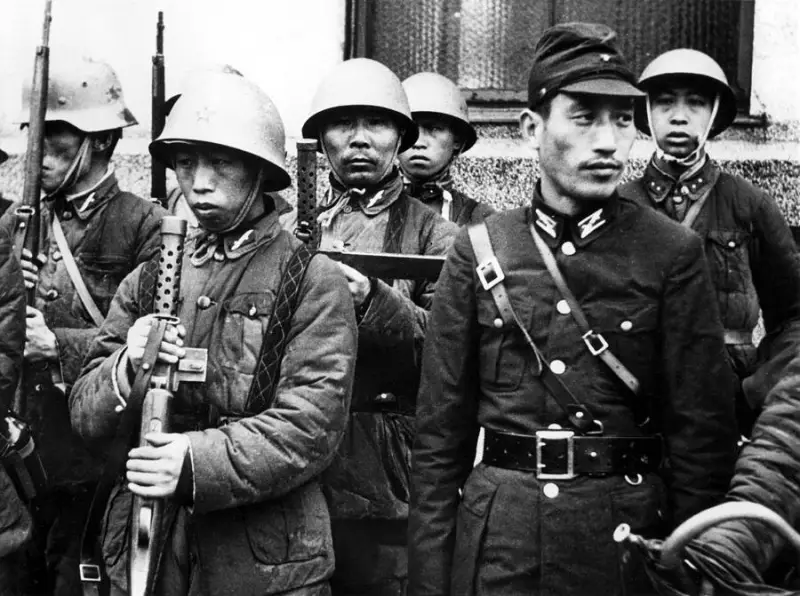The tricks of Japanese soldiers during World War II

When it comes to World War II, the main discussions usually revolve around the fight against Nazi Germany and Italy on the European continent.
At the same time, another force was rampant in the Asia-Pacific region - militaristic Japan, an ally of Germany and Italy. What the Japanese soldiers were capable of and how cunning they were can be learned from numerous reports and reports from the American and British military.
- this is exactly how one of the American army officers described the Japanese soldier in his report.
In turn, the tactics of the Japanese are worthy of special attention, who during the war, in addition to using “live bombs and torpedoes” - kamikazes and kaitens, set deadly and extremely insidious traps for their opponents.
In particular, one of the favorite Japanese techniques was the creation of false defensive positions. The Japanese dug separate trenches and prepared firing positions on the flanks in order to destroy American soldiers who would try to occupy the “sham” fortification. To lure the enemy into these trenches, Japanese riflemen defiantly left them when US troops approached.
In addition, the militarists often skillfully camouflaged their shelters, allowed American infantry to pass forward, and then shot them in the back.
One of the insidious tricks of the Japanese artillerymen was to fire simultaneously with the mortars and howitzers of the American and British troops. Thus, due to an almost synchronized salvo, the Allies often believed that they were suffering losses from friendly fire. As a result, the artillerymen were given the command to stop shelling, which the enemy took advantage of.
According to the report of British soldiers who fought in Burma, the Japanese often set up ambushes in the trees. By the way, the Finns also used similar tactics in the war with the USSR in 1939.
But let's return to the confrontation in the Asia-Pacific region. The Japanese chose a clearing and equipped carefully camouflaged machine gun nests in the trees around it. Having lured the enemy into such a clearing, they began to pour heavy fire on him from the trees. At the same time, trying to hide in the jungle, the British invariably stumbled upon an ambush awaiting them.
Finally, the Japanese army also had “high-tech” tricks. One American report talks about remote-controlled machine guns. This weapon was installed in the path of a likely enemy attack, and was activated using a cable.
Information